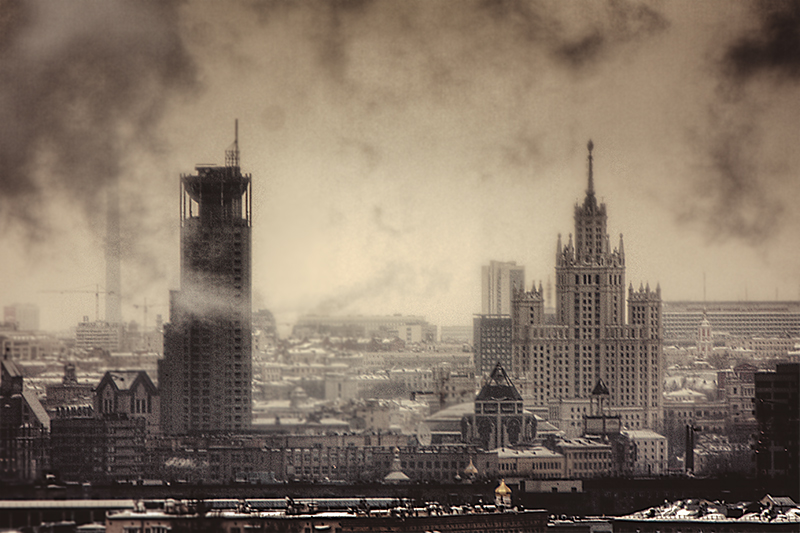‘Sistema’: How Putin’s Russia is governed
By Sean L Hanley, on 11 March 2013
The power of informal networks and the weakness of formal institutions in Russia have been widely noted. But the nature of the informal deals and personalised loyalties that Russian leaders use to mobilise support and maintain control has proved harder to grasp.
In her new book Alena Ledeneva picks out four key types of networks that make up Vladimir Putin’s system of governance – what she terms sistema. Putin’s sistema is a complex, ambiguous and sometimes surprisingly effective. However, in the long-term it impedes Russia’s modernisation.
Sistema in contemporary Russia is a shorthand term for a ‘system of governance’ that usually refers to open secrets or governance matters not-to-be-named. The term itself is elusive. Outsiders find it too general to mean anything in particular. Insiders are not ordinarily bothered with definitions of sistema – they intuitively know it when they experience the ‘system made me to it’ pressure. One of them explains the unarticulated nature of sistema by the lack of distance of insiders from it:
This is not a system that you can choose to join or not – you fall into it from the moment you are born. There are of course also mechanisms to recruit, to discipline and to help reproduce it. In the Soviet Union there was more or less a consolidated state, whereas now it is impossible to disentangle the state from a network of private interests. Modern clans are complex. It is not always clear who is behind which interests.
It is these non-transparent interests and non-hierarchical, network-based aspects of governance that are missing in the most conceptions of Russia’s systems of governance. Even when informal influence, connections, clans, cliques, clusters and other types of informal alliances within the elites are identified, the social networks that generate ‘informal power’ are not seen as intrinsic to the concept of governance.
Moreover, it is often assumed that power networks shadow formal positions of power so that a ‘map’ of a pyramid of informal ties and influences can be produced. This is not how informal power operates. There is not much regularity about it. Besides, networks that channel informal influence function in an ambivalent fashion – they both support and subvert the existing governance model.
Personalised power networks enable leaders at all levels to mobilise and to control, yet they also lock politicians, bureaucrats and businessmen into informal deals, mediated interests and personalised loyalties. This is the ‘modernisation trap of informality’: one cannot use the potential of informal networks without triggering their negative long-term consequences for institutional development. (more…)
 Close
Close


